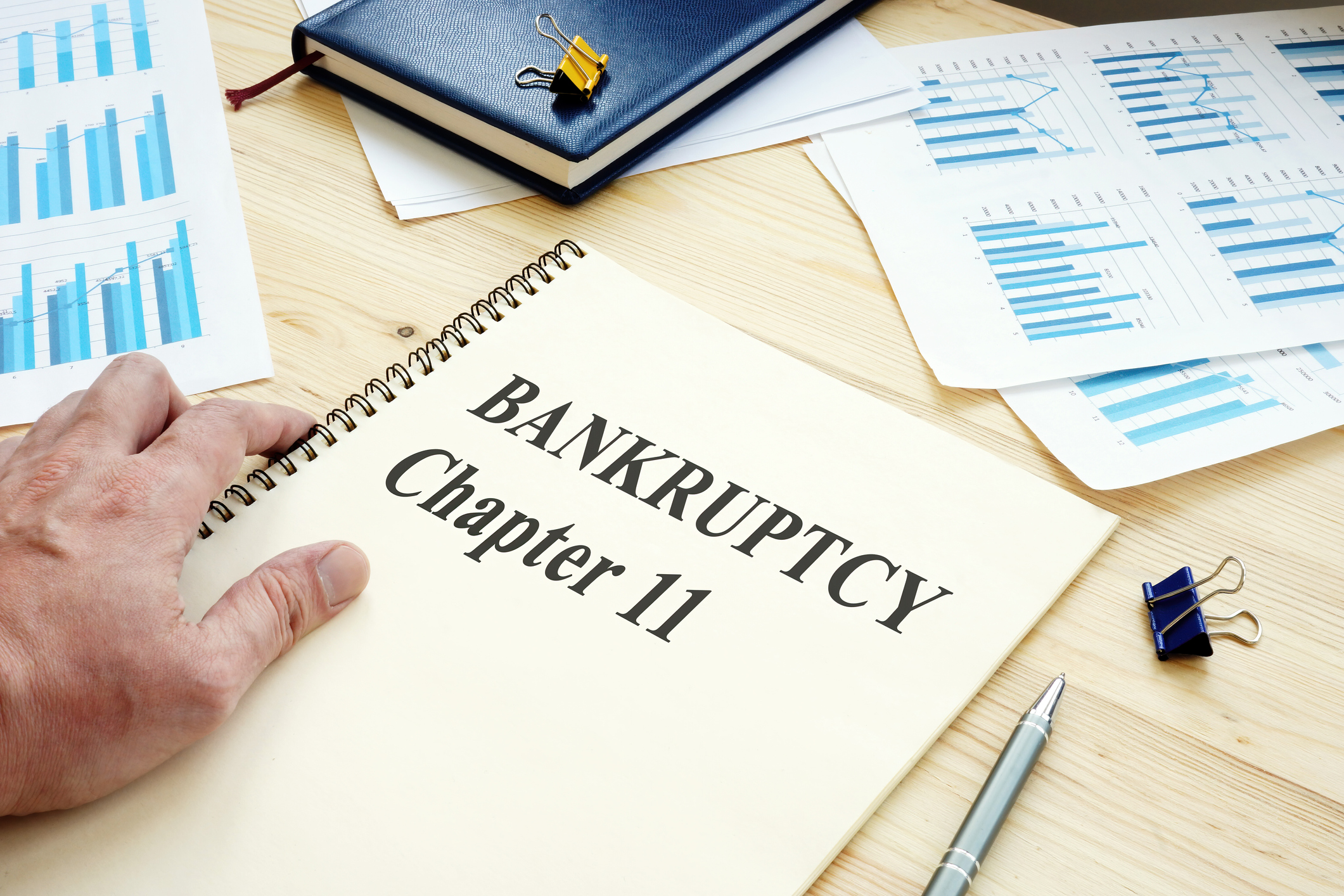
Running a business comes with its share of challenges. Occasionally, financial troubles can escalate to a point where drastic actions become unavoidable. Chapter 11 bankruptcy, although a complicated and impactful choice, can provide a needed lifeline for companies dealing with financial difficulties. Recognizing the signs that indicate a company should consider exploring Chapter 11 bankruptcy is essential in determining when this alternative may be the best course of action.
Overwhelming Debt Burden
A sign that a company should think about filing for Chapter 11 bankruptcy is when it finds itself burdened with significant amount’s of debt. Continuous cash flow issues can paralyze a company’s operations. Therefore, If the company’s debt becomes unmanageable and starts affecting its cash flow and ability to meet responsibilities, it might be wise to explore the restructuring options provided by Chapter 11 bankruptcy
Legal and Lawsuit Pressures
The presence of pending or mounting lawsuits and legal challenges can significantly strain a company’s finances. If legal battles are draining resources and impacting the company’s ability to function effectively, filing for Chapter 11 might provide a means to address these challenges and protect the business from further financial harm.
Market Turbulence or Industry Disruptions
When the market landscape undergoes alterations or disruptions, it can have an impact on a company’s ability to generate profits. If a company faces difficulties in adapting to changing market conditions, encounters heightened competition, or confronts shifts that jeopardize its sustainability, considering Chapter 11 as a restructuring option may be wise.
Declining Revenues and Profit Margins
Continuous decreases in revenues and profit margins could raise concerns about underlying difficulties. If attempts to reverse these trends have proved unsuccessful, and the company’s financial condition continues to worsen, it may be necessary to consider seeking the protections and restructuring opportunities offered by Chapter 11 to help remedy declining revenues and profit margins.
Inability to Repay Debts and Meet Obligations
When a company faces the challenges of being unable to fulfill its debt obligations and reaching repayment terms becomes difficult, it is a sign that the company is experiencing financial difficulties. Chapter 11 provides a structure for the company to reorganize its debts and work out repayment plans with its creditors.
Drastic Reduction in Asset Value
When a company’s assets lose a significant amount of their value because of economic downturns, ineffective financial management, or other reasons, it can weaken the company’s ability to obtain loans or raise funds. Chapter 11 bankruptcy provides an opportunity to safeguard and potentially restructure assets in order to stabilize the company’s position.
Persistent Investor and Creditor Concerns
If investors, shareholders, or creditors have been expressing concerns about the company’s financial well-being, and there are no solutions to address these concerns, Chapter 11 bankruptcy can provide a structured way forward for addressing the financial concerns of an institutions.
Conclusion
Filing for Chapter 11 bankruptcy is a choice that should not be made without significant consideration. It is important to recognize these indicators of difficulty as a starting point for determining whether Chapter 11 is a solution for a company facing financial difficulties. It is essential to seek expert advice from legal professionals in order to fully grasp the complexities and consequences associated with filing for chapter 11 bankruptcy. Adequate legal help can help the company navigate the process of chapter 11 bankruptcy, effectively increasing the likelihood of restructuring and eventual recovery.


Get a Free Bankruptcy Case Evaluation